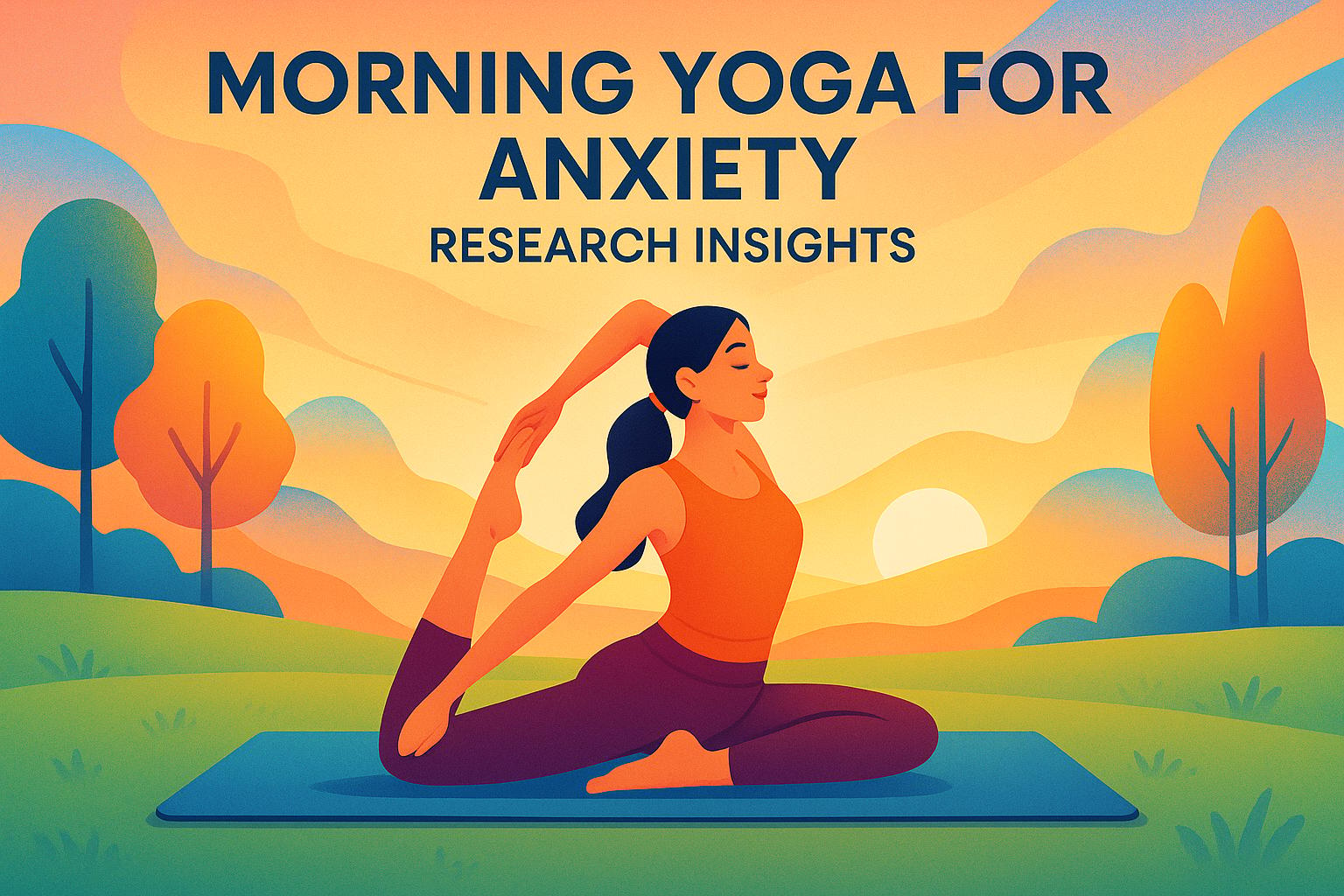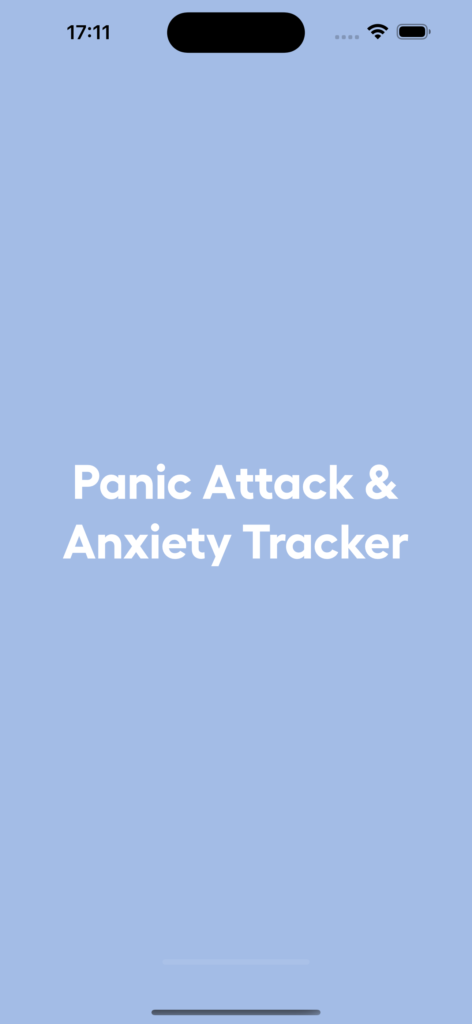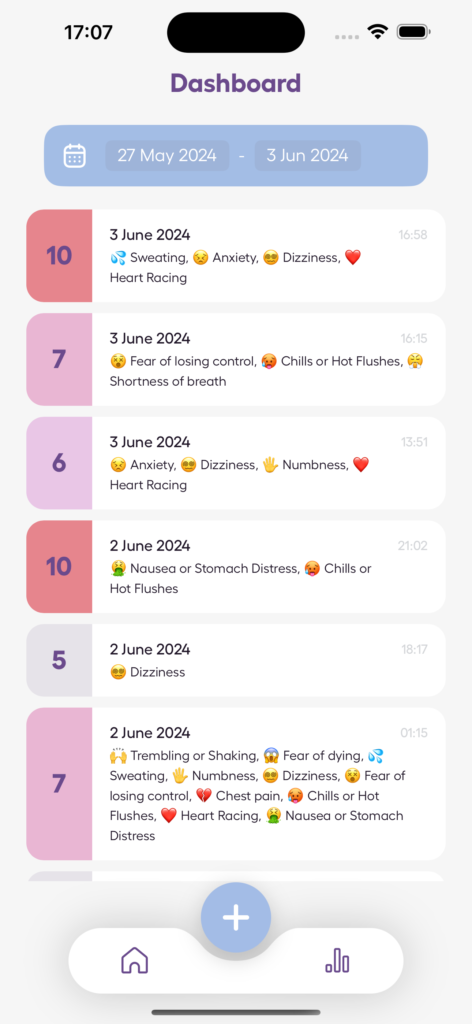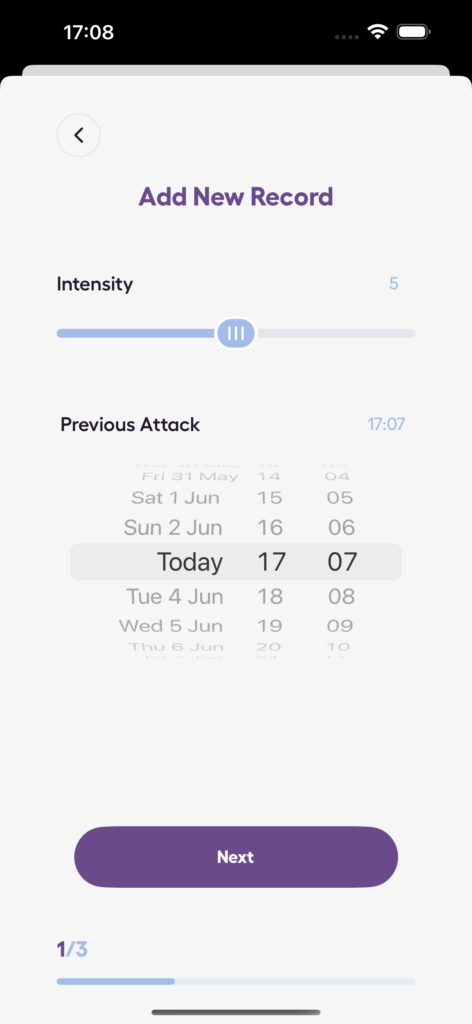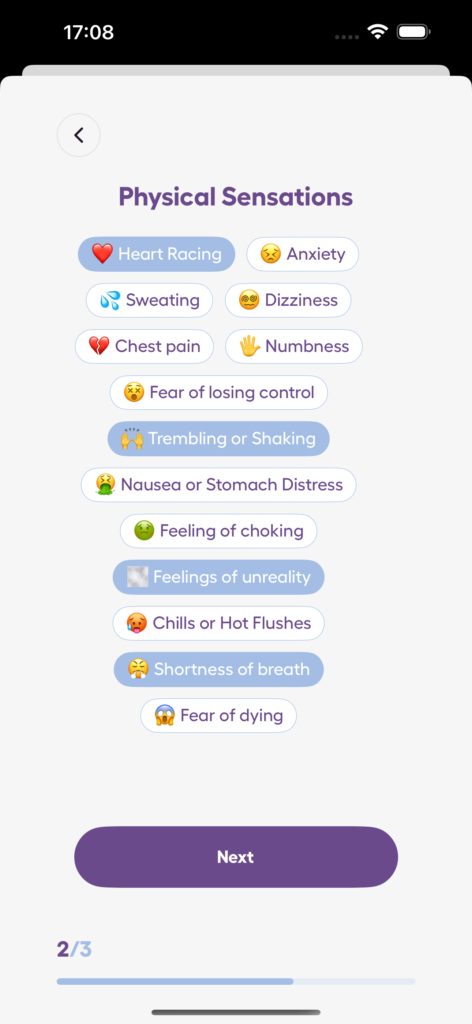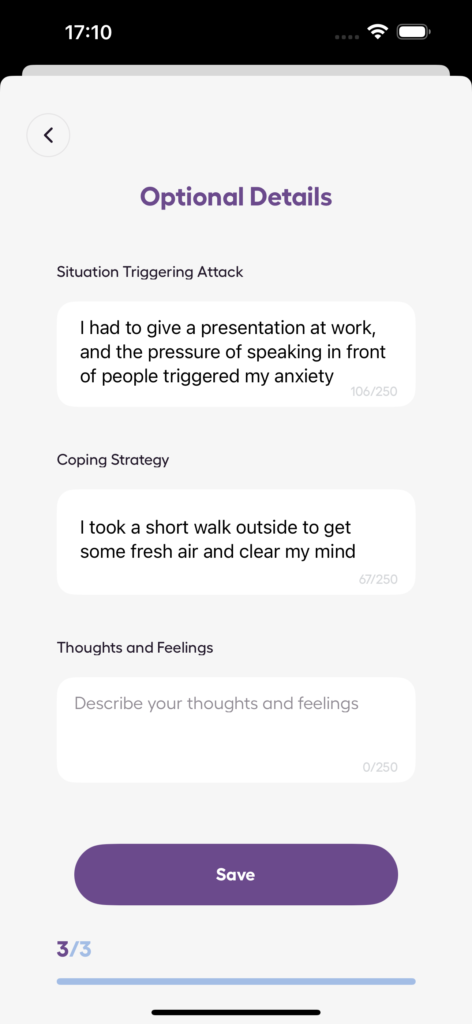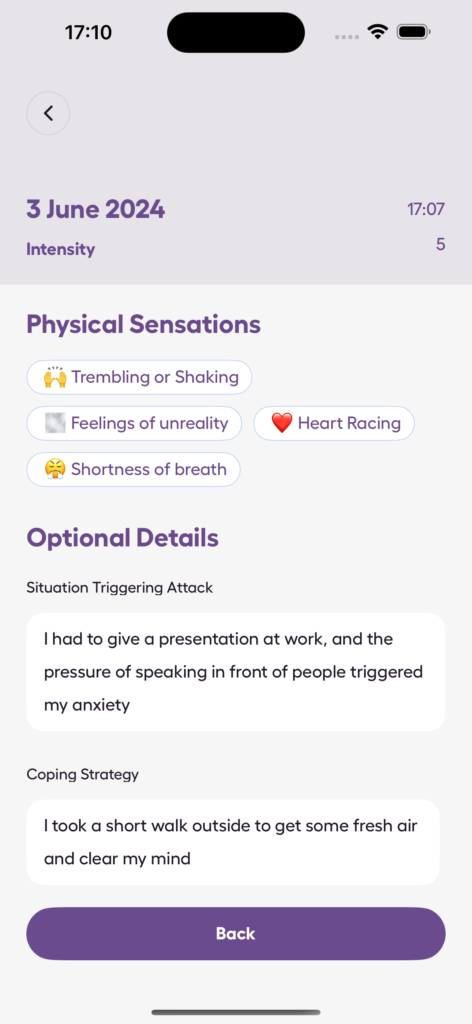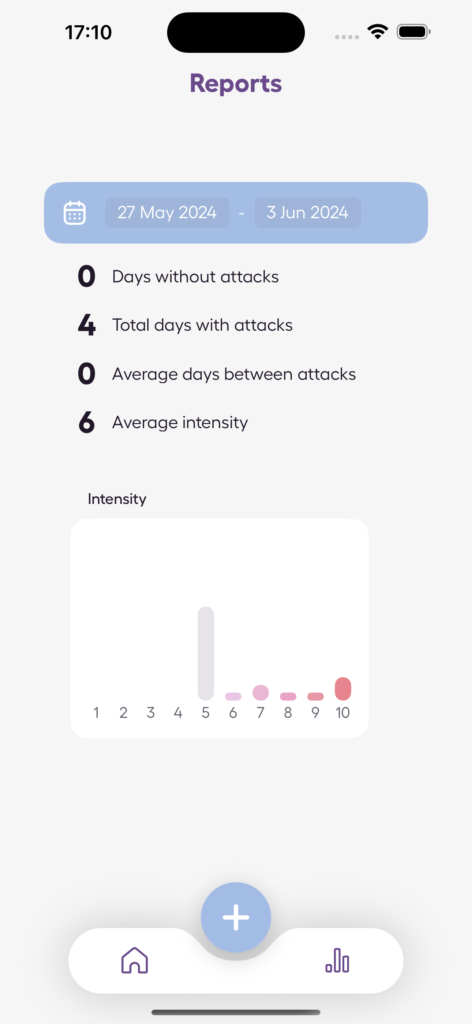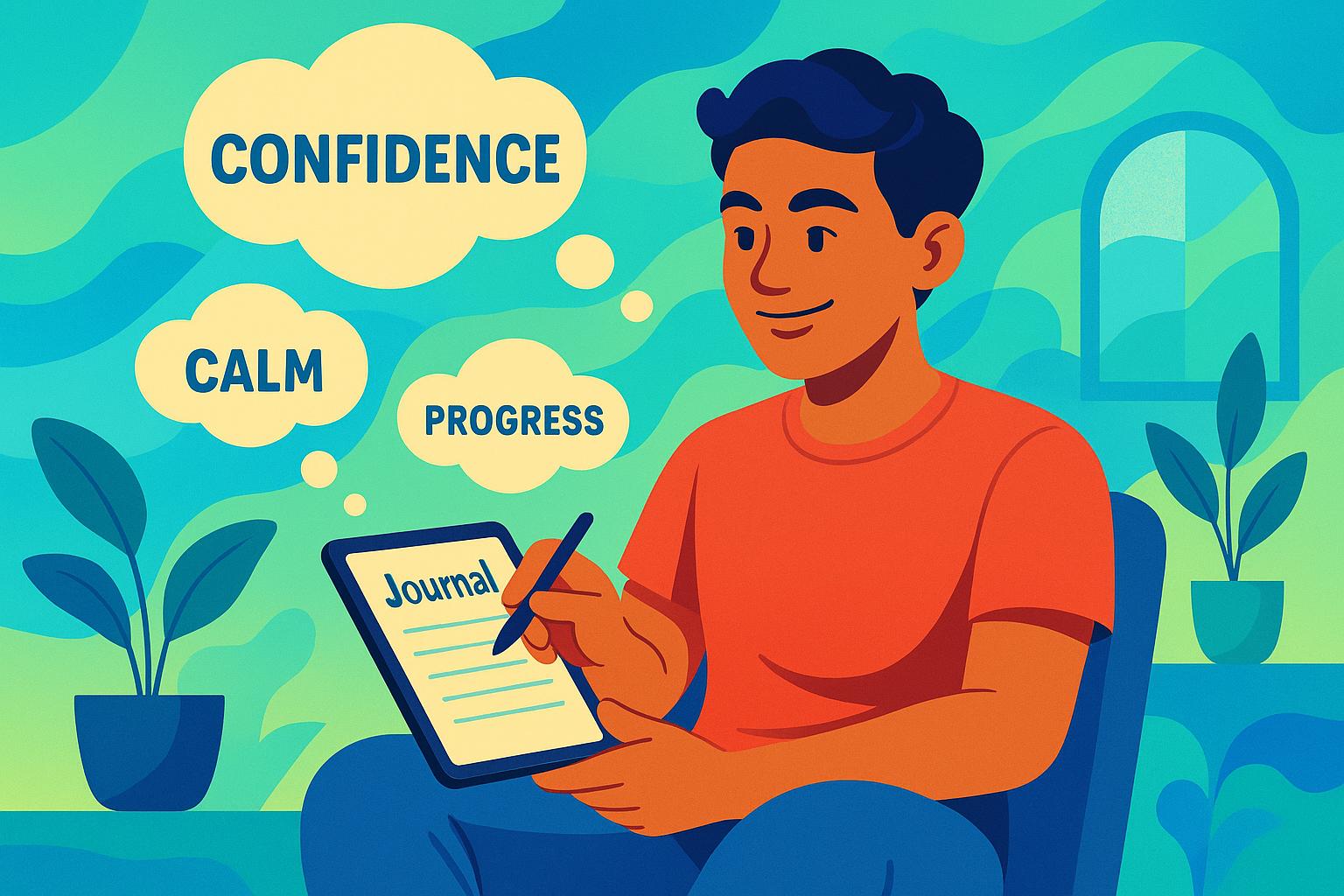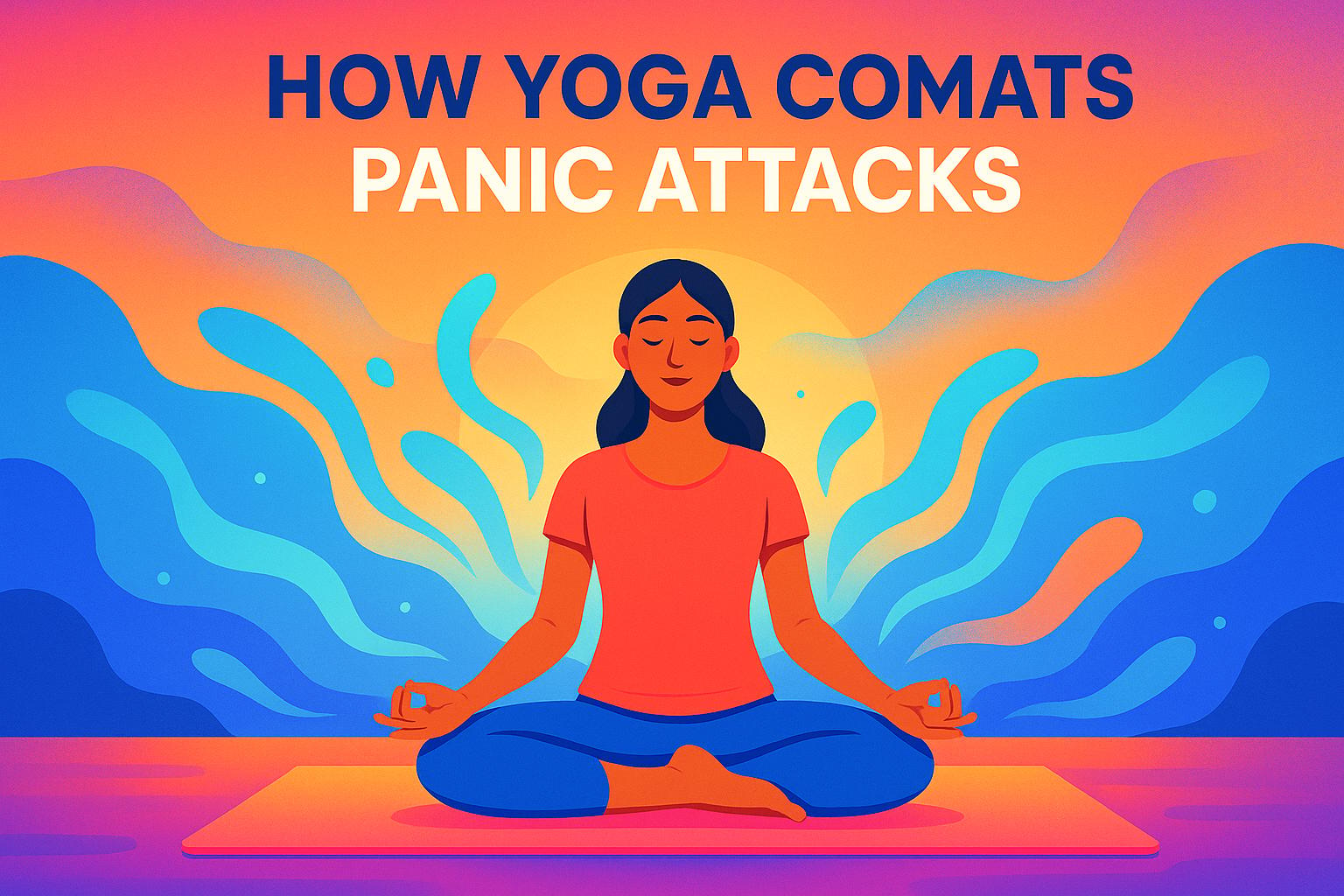Morning yoga can help reduce anxiety by combining movement, breathing, and mindfulness. Studies show it can lower stress hormones, improve mood, and enhance focus. Practicing yoga in the morning aligns with the body’s natural rhythms, setting a calm and positive tone for the day. Key benefits include reduced tension, better sleep, and improved mental health.
Quick Takeaways:
- Why it works: Yoga lowers cortisol, boosts serotonin, and promotes relaxation.
- Proven results: 70% of studies report anxiety reduction from yoga.
- Morning advantage: Energizes the body, clears the mind, and reduces stress from the previous day.
- Best poses: Sun Salutations, Cat-Cow, and Supine Spinal Twist.
- How often: At least one 60-minute session per week; daily practice can provide greater benefits.
Yoga is a practical, low-cost option for anxiety management and complements other treatments like therapy or medication. Starting small with 15–20 minutes of morning yoga can make a noticeable difference over time.
What Research Shows About Morning Yoga for Anxiety
Study Results on Yoga and Anxiety Reduction
Research has shown that practicing yoga regularly can lead to a noticeable decrease in anxiety symptoms. For instance, a systematic review found that 70% of the studies included reported improvements in anxiety levels with yoga. A 12-week trial conducted at NYU Langone Health revealed that Kundalini yoga significantly benefited 226 patients with generalized anxiety disorder (GAD) when compared to stress education. Similarly, an Australian study involving 101 participants and an Indian trial with 91 patients demonstrated that consistent yoga practice was more effective at reducing anxiety and distress than control interventions. Even a single yoga session was found to provide relief lasting an entire day.
"Many people already seek complementary and alternative interventions, including yoga, to treat anxiety… This study suggests that at least short-term there is significant value for people with generalized anxiety disorder to give yoga a try to see if it works for them. Yoga is well-tolerated, easily accessible, and has a number of health benefits." – Dr. Naomi M. Simon, Professor in the Department of Psychiatry at NYU Langone Health
These studies highlight how yoga’s combination of physical movement and mental focus can effectively reduce anxiety.
How Yoga Reduces Anxiety in the Body and Mind
Yoga’s ability to ease anxiety stems from its impact on both the body and the mind, creating a range of immediate and lasting effects.
Physically, yoga promotes relaxation by slowing the breath and encouraging a shift from the body’s fight-or-flight response to a calmer rest-and-digest state. This shift can lower heart rate, reduce blood pressure, and decrease cortisol levels. It also stimulates the vagus nerve and improves heart rate variability, both of which support a balanced autonomic nervous system.
On a neurological level, regular yoga practice can lead to changes in the brain. It enhances activation in the prefrontal cortex and helps regulate the amygdala, which plays a key role in stress responses. Yoga may also increase the volume of the hippocampus, a brain region tied to memory and learning that often shrinks due to chronic stress.
Chemical shifts are another factor. Yoga has been shown to elevate levels of gamma-aminobutyric acid (GABA), a neurotransmitter associated with better mood and reduced anxiety.
Psychologically, yoga equips individuals with tools to handle stress more effectively. Techniques like deep breathing, mindfulness, and focused attention help improve emotional regulation and coping skills. These physiological and psychological effects work together, creating a two-way communication between the mind and body that reinforces calmness and resilience.
When compared to other forms of exercise, yoga stands out for its unique benefits. For example, a 12-week study found that yoga led to greater improvements in mood and anxiety than a walking exercise with a similar metabolic demand. This suggests that yoga’s combination of movement, controlled breathing, and mindfulness offers advantages beyond those of physical activity alone.
Can Yoga Help with Anxiety or Depression? What Does the Research Say?
Building an Effective Morning Yoga Routine
Starting your day with yoga can be a powerful way to ease anxiety. To create a routine that works, it’s important to choose the right yoga styles, incorporate mindful techniques, and follow research-backed recommendations for how long and how often to practice. The goal is to align with your body’s natural stress responses rather than working against them.
Best Yoga Styles for Anxiety Relief
Some yoga styles are especially helpful for calming anxiety. Practices like Hatha, restorative, and Yin yoga are slower-paced, helping to activate the body’s relaxation mechanisms. On the other hand, Vinyasa yoga, with its flowing sequences, can help release nervous energy – but it’s crucial to pair it with steady breathwork to avoid overstimulation during heightened anxiety levels.
"The parasympathetic nervous system helps us to feel safe and calm, and various aspects of yoga help to stimulate it."
– Valerie Knopik, PhD, Psychologist, Professor at Purdue University, and Yoga Instructor at Yoga Medicine
Breathwork, or pranayama, is another essential element. Techniques like the Ujjayi breath encourage steady, deep breathing, which can stimulate the vagus nerve and improve heart rate variability, both of which are linked to reducing anxiety.
Beyond choosing the right style, adding specific techniques can make your morning yoga even more effective.
Core Techniques That Reduce Anxiety
A well-rounded morning yoga practice focuses on purposeful poses, mindful breathing, and body awareness to help shift from a stressed state to a relaxed one. Certain poses can target common areas where anxiety builds up, like the neck, shoulders, and hips. For example, Sun Salutations encourage a meditative flow by synchronizing breath with movement.
Incorporating mindfulness and meditation can deepen the calming effects. As Valerie Knopik, PhD, explains:
"Meditation is perhaps the most interoceptive practice of all and encourages us to watch our thoughts. Practicing meditation can help with self-regulation and mindfulness, which helps to keep us in our bodies and out of our thoughts."
However, it’s worth noting that mindfulness may initially feel challenging for some individuals, potentially increasing anxiety at first. Paying attention to how your body responds is key.
Here are a few poses to try:
| Pose | How to Practice |
|---|---|
| Seated Neck Stretch | Sit in Easy Pose, place your right palm over your left ear, and gently tilt your head to the right while tucking your chin slightly. Hold for 3–5 breaths, then switch sides. |
| Cat-Cow Pose | From a tabletop position, alternate between arching your back upward (Cat) and lowering your belly while lifting your chest (Cow). Repeat for 5–7 breaths. |
| Extended Puppy Pose | From tabletop, walk your hands forward and stretch your hips back. Let your forehead rest on the mat and breathe deeply for 5–7 breaths. |
| Half Splits | From a lunge position, slide your front leg forward until nearly straight. Hold for 3–5 breaths, then switch sides. |
| Supine Spinal Twist | Lie on your back, bend your knees, and let them fall to one side while turning your head in the opposite direction. Hold for 5–7 breaths, then switch sides. |
Once you’ve incorporated these techniques, deciding on the right duration and frequency will help you get the most out of your practice.
How Long and How Often to Practice
While there’s no one-size-fits-all answer, research suggests that even a single 60-minute yoga session per week can reduce anxiety symptoms. Typical sessions range from 40 to 100 minutes, with frequencies varying from weekly to daily. A good starting point is one 60-minute session per week, adjusting based on how your body responds. For those with more severe anxiety, increasing the frequency may provide greater benefits.
One study compared different yoga "doses" and found that while both low-dose (two 90-minute sessions per week plus three home practices) and high-dose (three 90-minute sessions plus four home practices) programs offered immediate relief, the high-dose group had more participants in remission after 12 weeks.
"Anything can become unhealthy when done to extremes. Our bodies thrive with variability, both from a physiological perspective and an emotional perspective. Finding multiple ways to relieve anxiety would be most beneficial to most individuals. From a stress management perspective, the more resources we have available, the better."
– Valerie Knopik, PhD, Psychologist, Professor at Purdue University, and Yoga Instructor at Yoga Medicine
Ultimately, tailoring session length and frequency to your personal needs can help you achieve the best results.
sbb-itb-b1dedcc
Morning Yoga vs Other Anxiety Treatments
When deciding how to manage anxiety, it’s helpful to weigh the benefits and drawbacks of morning yoga against other common treatments. Each option varies in effectiveness, cost, and accessibility, depending on individual needs.
Pros and Cons of Morning Yoga
Morning yoga offers a unique way to address anxiety by combining physical movement, controlled breathing, and mindfulness. According to Dr. Ben Singh, physical activity – including yoga – is about 1.5 times more effective at reducing mild-to-moderate anxiety, depression, and stress than medication or cognitive behavioral therapy (CBT).
"We found [that] doing 150 minutes each week of various types of physical activity – such as brisk walking, lifting weights and yoga – significantly reduces depression, anxiety, and psychological distress, compared to usual care, such as medications."
– Dr. Singh
Another advantage is its accessibility. Yoga can be practiced at home, tailored to different ability levels, and doesn’t require expensive equipment. This is important, considering that only about 40% of people with anxiety receive treatment, with cost often being a significant barrier. These factors make yoga an appealing option for many.
That said, yoga isn’t a one-size-fits-all solution. While it has shown benefits for generalized anxiety disorder compared to standard stress management education, it doesn’t always match the effectiveness of CBT in direct comparisons. Additionally, yoga requires consistent practice to maintain its benefits, which can be challenging for some people over time.
Dr. Naomi M. Simon from NYU Langone Health highlights yoga’s practical advantages:
"Many people already seek complementary and alternative interventions, including yoga, to treat anxiety… This study suggests that at least short-term there is significant value for people with generalized anxiety disorder to give yoga a try to see if it works for them. Yoga is well-tolerated, easily accessible, and has a number of health benefits."
Treatment Comparison Chart
To make informed decisions about anxiety management, it’s useful to compare treatments side by side. Here’s how morning yoga stacks up against other options based on current research:
| Treatment | Effectiveness | Cost | Side Effects | Accessibility |
|---|---|---|---|---|
| Morning Yoga | 42–60% reduction in symptoms; effective relaxation technique with lasting effects | Low; can be done at home | Minimal; generally well-tolerated | High; adaptable for all abilities |
| Medication (SSRIs/SNRIs) | High pre-post effect size; fast symptom relief | Moderate to high; ongoing prescription costs | Potential side effects, interactions, and withdrawal symptoms | Moderate; requires doctor visits |
| Cognitive Behavioral Therapy (CBT) | Considered the gold standard for anxiety disorders with durable effects | High | None; focuses on teaching coping skills | Low; long waitlists and limited availability of therapists |
| Meditation | Reduces stress response and limbic system activity | Low; many free resources available | Minimal; may be less effective as a standalone treatment | High; can be practiced anywhere |
Research suggests that combining treatments often yields the best results. Dr. Singh emphasizes this point:
"A treatment plan may include a combination of lifestyle approaches, such as exercising regularly, eating a balanced diet, and socializing, alongside treatments such as psychotherapy and medication."
It’s worth noting that even CBT, widely regarded as highly effective, leaves 48% of patients symptomatic after 2 to 14 years of follow-up for anxiety disorders. This underscores that no single treatment is flawless. Choosing the right approach depends on your specific symptoms, lifestyle, and budget, ideally with input from a healthcare professional.
Morning yoga stands out for its holistic approach. Unlike treatments that target just one aspect of anxiety, yoga simultaneously addresses physical tension, breathing, and mental well-being. This makes it especially valuable as a primary option for mild anxiety or as a supportive addition to other therapies for more severe cases. These benefits set the stage for exploring personalized yoga strategies in the next section.
How to Start and Track Your Morning Yoga Practice
Creating a structured morning yoga routine can be an effective way to ease anxiety. The best part? You don’t need fancy equipment or prior experience to get started. With regular practice and a bit of tracking, you can develop a routine that fits seamlessly into your life while helping you manage anxiety.
Steps to Begin Morning Yoga
Start with a straightforward routine: hold each pose for about 60 seconds before transitioning to the next one. A well-rounded practice should include physical postures, breathwork, and meditation to target anxiety relief. Begin with soothing poses like Child’s Pose, Downward-Facing Dog, Upward-Facing Dog, Shoulderstand, Standing Forward Fold, and Corpse Pose.
Pay attention to your breathing throughout the session. Slow, steady breaths can help counteract the racing heart and quickened breathing often associated with anxiety. Techniques such as Yoga Nidra and Progressive Muscle Relaxation can further enhance relaxation and release physical tension.
Dedicate 15-20 minutes each morning to your practice. Choose a quiet spot where you won’t be disturbed, and aim for consistency – this is key to seeing long-term benefits.
Why Tracking Your Progress Matters
Keeping tabs on your anxiety levels as you practice yoga can provide insights into what’s working for you. By monitoring your symptoms, you’ll not only see if yoga is helping but also gain a clearer picture of how it fits into your overall wellness plan. Research even suggests that yoga can be more effective than standard stress education for managing generalized anxiety disorder.
"Our findings demonstrate that yoga, which is safe and widely available, can improve symptoms for some people with this disorder and could be a valuable tool in an overall treatment plan."
To make tracking easier, consider using tools like the Anxiety Journal app. This app allows you to log your yoga sessions, record anxiety levels, and identify patterns in your stress over time. It aligns with research-backed strategies, helping you stay on track toward better mental health. Over time, you may notice that these sessions lower stress hormone levels and bring a sense of calm. Documenting your progress reinforces the idea that consistent, mindful practice can lead to noticeable improvements.
"We need more options to treat anxiety because different people will respond to different interventions, and having more options can help overcome barriers to care. Having a range of effective treatments can increase the likelihood people with anxiety will be willing to engage in evidence-based care."
Customizing Your Yoga Routine
As you track your progress, use the insights to fine-tune your routine. Your practice should evolve to match your needs, fitness level, and anxiety management goals. Don’t hesitate to experiment with different poses to discover which ones resonate with you. Keep your focus on your breath to stay present and grounded.
Adjust the intensity and duration of your sessions based on your comfort and schedule. If you’re just starting out, opt for gentler poses and shorter sessions. As you build strength and flexibility, gradually add more challenging postures.
Incorporate mindfulness techniques like Yoga Nidra, breath awareness, or mindful movement to deepen the anxiety-reducing effects of your practice. Regularly reviewing your tracking data can help you pinpoint the techniques that consistently lead to lower anxiety, allowing you to refine your routine for maximum impact.
The combination of steady practice and thoughtful tracking lays a strong foundation for managing anxiety in the long run.
Summary and Main Points
Morning yoga stands out as a powerful approach to improving mental health. Research highlights its ability to alleviate depression and anxiety, offering a natural alternative to medication without the associated side effects.
For instance, 86% of Americans who practice yoga report that it helps them manage stress. Additionally, a 12-week yoga program has been shown to increase GABA levels in the brain, which plays a role in enhancing mood and reducing anxiety.
What makes morning yoga particularly effective is its holistic approach to relieving anxiety. By blending physical movements, mindful breathing, and meditation, it helps regulate the autonomic nervous system, reducing anxiety responses. This combination supports earlier research findings on its benefits.
"Yoga can shift the whole mind-body complex… It’s a long road but it has that power. I think that’s probably why it’s been practiced for thousands of years." – Heather Mason, founder of The Minded Institute
Beyond promoting calmness, regular yoga practice has additional benefits. It improves sleep quality – especially in older adults – enhances self-confidence, fosters a healthier body image, and encourages a more positive mindset. These improvements often feed into each other, creating a cycle where better sleep reduces anxiety, contributing to overall mental well-being.
Starting small is key. Aim for 10–15 minutes of gentle poses like Child’s Pose and Downward-Facing Dog, paired with simple breathing exercises. Using tools like the Anxiety Journal app can help track progress, keep you motivated, and identify what works best for you.
The takeaway is clear: Morning yoga is a research-backed method for managing stress and anxiety. Consistency and mindful monitoring are essential to fully experience its benefits – ideas that have been emphasized throughout this discussion.
FAQs
Is morning yoga as effective as therapy or medication for managing anxiety?
Morning yoga has been found to noticeably ease anxiety symptoms and, for some individuals, can be as effective as cognitive-behavioral therapy (CBT), especially for generalized anxiety disorder. While medications are often prescribed to treat anxiety, yoga offers a natural, non-drug alternative that many people find helpful.
It can also work alongside traditional treatments, providing a well-rounded way to address anxiety. This makes it particularly attractive to those who prefer natural or lifestyle-focused methods to support their mental well-being.
What are the best morning yoga poses to help reduce anxiety?
Morning yoga offers a wonderful way to reduce anxiety and begin your day with a sense of calm and balance. Simple poses like Child’s Pose (Balasana) and Hero Pose (Virasana) provide grounding and relaxation, making them great starting points. Adding gentle movements, such as forward bends, side stretches, or balancing poses like Tree Pose (Vrksasana), can further ease tension, calm the nervous system, and encourage mindfulness.
For even greater benefits, pair each pose with slow, deep breathing. This mix of intentional movement and focused breathwork not only helps to alleviate anxious feelings but also boosts mental clarity, setting a peaceful and positive tone for the rest of your day.
Is morning yoga a good option for beginners to manage anxiety, and what should they focus on to get started safely?
Morning yoga can be an excellent way for beginners to manage anxiety. By starting with gentle poses and emphasizing proper breathing, you can create a practice that’s both calming and safe. Poses like Child’s Pose, Tree Pose, and Forward Bend are perfect for beginners and encourage a sense of relaxation.
To get started safely, focus on slow, deep breaths, pay attention to your body’s limits, and avoid overexertion to reduce the risk of injury. Incorporating mindfulness techniques, such as grounding exercises, can amplify the soothing benefits of yoga. Building a consistent routine, even with small steps, can lead to noticeable improvements over time.
